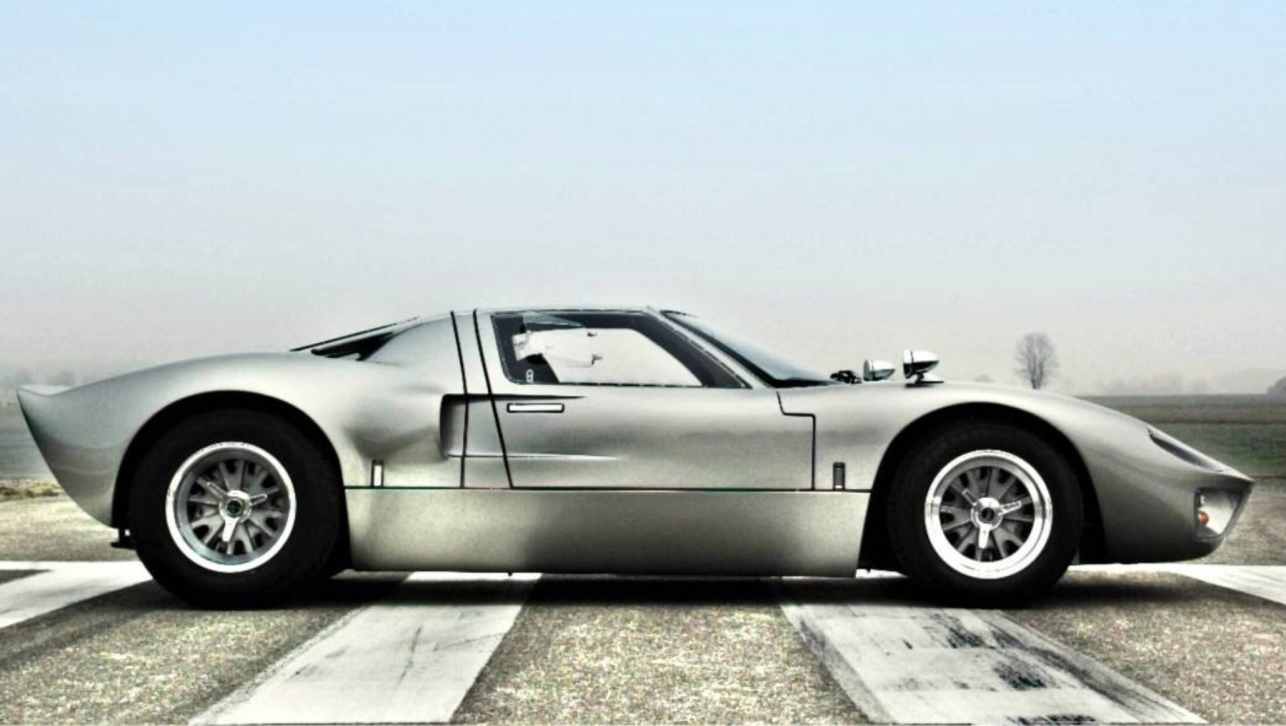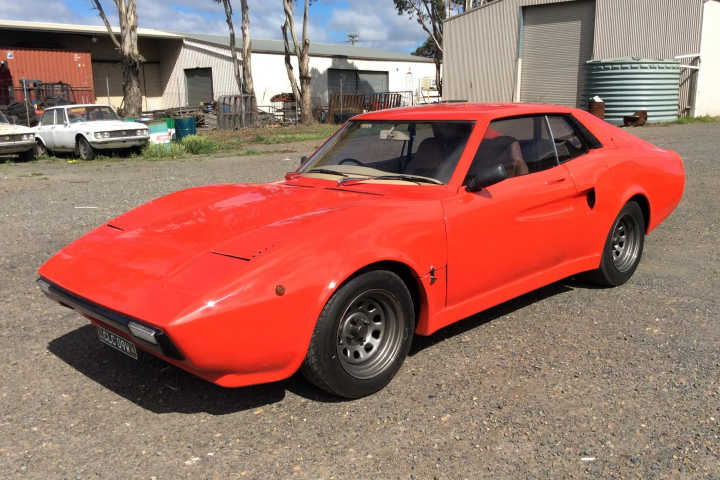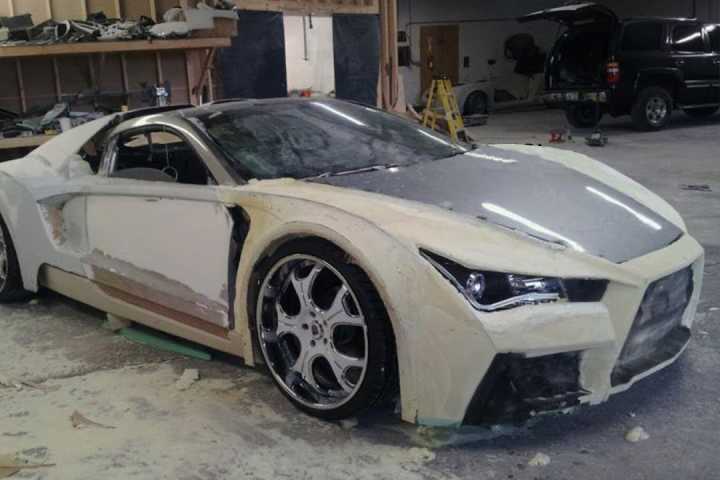What is a kit car?
A kit car is a type of vehicle either built at home or in a small workshop using components sourced from other vehicles, and are often designed to look like a fancier, more expensive vehicle.
At one point in Australia’s motoring history the kit car industry was a booming business. Beginning in post-war years, handy people who weren’t prepared to get grimy scrounging wrecking yards to build a hot rod could order a set of plans, or parts in kit form, to build a vehicle at home.

The Lotus 7 was thought to be among the first cars sold in kit form, as a way of cheapening the cost of buying the vehicle and avoiding delays in having Lotus assemble a running, driving car. The popularity of the 7 led to a whole class of clubman vehicles that are all about home-built super-lightweight fun.
Kit cars in Australia back in the day would see punters order the bare bones parts of the vehicle, sometimes including the chassis and body, which would be supplied unfinished. These DIY handymen would then find the drivetrain from popular makes and models.
For those not so talented on the tools, a kit car can be more of a custom vehicle based off a cheap, commonly available donor like the Toyota Celica or Volkswagen Beetle, with a modified body fitted on top. These were often offered as a drive-in, drive-out customisation for client’s existing vehicles by companies like Adelaide’s Creative Cars.
Creative Cars sold kits to turn a Beetle into a Porsche 911 lookalike called the Poraga and Porerra, or a Celica dressed as a Ferrari 308 called the Cerino, among others. The latter was initially known as the Ferrino, until Ferrari objected to the name. These weren’t cheap, with the Poraga conversion costing $10,000 back in the mid-1980s!
However, the kit car industry was impacted as road rules were created to control the types of cars allowed on Australian roads. While it was OK in the 1950s for anyone to put whatever engine into another type of chassis and fit their own, home-made body on top, by the early 1980s we had federal laws setting a minimum standard for cars being brought into Australia to be sold as road cars (Australian Design Rules), and then we had ever-tightening state-based laws controlling what modifications were permitted for road-going vehicles.
By the late 1980s kit cars were mostly sold as replicas of rare 1960s exotic cars like the Ford GT40, Shelby Cobra and Ferrari 250 GTO. Sometimes these cars could be ordered as a turn-key car, or a DIY kit to be built at home to the owner’s exact specifications. However as road regulations tightened through the 1990s, the cost of gaining registration approval for road use skyrocketed to over $300,000 per-car (depending on the state the vehicle needed to be registered in).
These costs came as the vehicle had to be built to the same standards as a modern car, which is incredibly difficult in a vehicle built at home to replicate a 1960s car, and then approved by a registered engineering signatory who had a process of inspecting and testing the vehicle. As laws are fluid and constantly changing, many kit cars end up unfinished as owners find it difficult to navigate a highly complex and expensive process. This is why kit cars are all but extinct now in Australia.
The good news is there are many ways to build a kit car today, if you have plenty of dollars in the bank and can set aside several years to step through the whole process. For this reason, many people choose to customise their car in a more traditional hot rod-style, rather than building a complete vehicle from the ground-up.
Today you can buy car body kits online for a variety of budgets. Among the most popular are the Japanese “Rocket Bunny Pandem” kits from TRA Kyoto’s Kei Miura. Featuring fat, 80s-style rivet-on boxed wide-body guards, deep front bumper extensions, and his trademark duck-tail spoiler, they end a massively aggressive race flair to otherwise common sports cars.
Talk to any late-model tuner car enthusiast and they’ll tell you the hottest cars in their scene are Toyota 86 Rocket Bunny, S14 Rocket Bunny Silvia, S15 Rocket Bunny Silvia, an RX-7 Rocket Bunny, or a 350Z Rocket Bunny. They rarely look anything like the original car and could almost be considered a kit car, especially with the popularity of power-adders like the many Toyota 86 turbo kits on offer.
For those who are feeling really adventurous there is the Vaydor, which is a drastic restyling of a core Nissan/Infiniti G35 Skyline. There is no firm confirmation if the Vaydor G35 is a road legal kit cars in Australia, so don’t spend your pennies there without doing a lot of research first.
The booming market is in electric car kit swaps, where a petrol or diesel drivetrain is replaced with an electric one. Again, legalities concerning these modifications aren’t super-well-understood yet but this is a potential area to keep an eye on if you want a silent-running car but can’t afford a Tesla, or don’t want to give up your favourite ride.


.jpg)
.jpg)
.jpg)

.jpg)
.jpg)

.jpg)




.jpg)
.jpg)











.jpg)
.jpg)
.jpg)
.jpg)
.jpg)
.jpg)
.jpg)

.jpg)

.jpg)


Comments